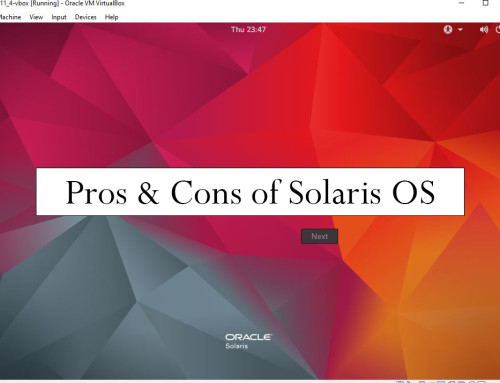When we need to find any new thing then we do research. Research is just discovering new things in our surroundings. For example, we can discover how the relationship between doctor and patient. We can also find why Snapchat is helpful in social networking.
There are many types of research we can do such as:-
- Social
- Scientific
- Animal related
- Natural research
- Space research
- Research in sea
- And others
All types of research give us new answers to unsolved questions. If we search for anything and find the answer quickly then our problem is solved. But if we want to search for something that has no answer then we do research and try to find the answers.

Research is categorized into two main type’s i.e.
- Quantitative Research
- Qualitative Research
Suppose we survey how many old people use Facebook on daily basis. Now the answer to this question comes in numerical form. The research that gives us results in numerical form is known as Quantitative research.
If we make the same research again and after getting the results we ask the question of “Why” those old people use Facebook then this “Why” is counted as Qualitative Research.
Definition of quantitative research
The process of collecting and analyzing numerical data. This type of research is done on a wide population.
Advantages of quantitative research
Some benefits of quantitative research are:-
Collecting data is quick:
The purpose of collecting data is obvious i.e. to get answers from the users. The answers can be in yes/no form or in the form of multiple questions. The end users have no difficulty answering questions and it is a quick process.
Get a lot of data:
As quantitative research is performed on a large audience so we get large data. We can get decisions from large data easily and get users’ views fast.
Can be done remotely:
You can also perform research remotely. For example, you can get answers from online surveys. Multiple websites can help you to get an audience. Take the example of Facebook, Twitter, LinkedIn, Instagram etc. You can run ads on these social websites and can easily get users’ feedback.
Various sources:
We have different sources of getting data. We can do surveys on personal websites, social media, or in public interviews. As we have multiple sources so getting different ideas and answers from users becomes effective.
To the point:
Quantitative research is performed straightforwardly. Users can easily answer questions. The result of the research is in numerical form and is to-the-point question/answer data.
Anonymous data:
Users are not required to give their personal information and they feel more secure giving their opinion in surveys or other mediums.
Disadvantages of quantitative research
Some drawbacks of quantitative research are:-
Answers cannot be changed:
You have to be very careful about what questions you need to be asked in quantitative research. Once you perform the research then you cannot change the questions because research is already performed.
More time required:
There is a lot of time required to complete the research. We have to first plan the sources of research and then perform research in segments which takes a lot of time.
Sensitive data is difficult to get:
If the research is based on sensitive questions like sex, and domestic violence then users hesitate to answer these questions.
Costly:
Quantitative research becomes costly because it is performed on a large audience and a lot of resources are consumed in performing this research.
Large data is required:
We cannot perform actions on small data because we need more data to perform the research.
Numerical data is not enough:
As quantitative research is based on numerical data so it is limited because we may have more types of questions to be asked to the users and their behavior is also required.
Examples of quantitative research
Some examples of quantitative research are:-
- Making research on how many cars pass on a specific road in a day
- Researching how many old people use Twitter daily
- Researching surveys
- Researching international reports
- Doing research on history such as how many people suffered from any disease etc.
- Making research on how many times a link is clicked




